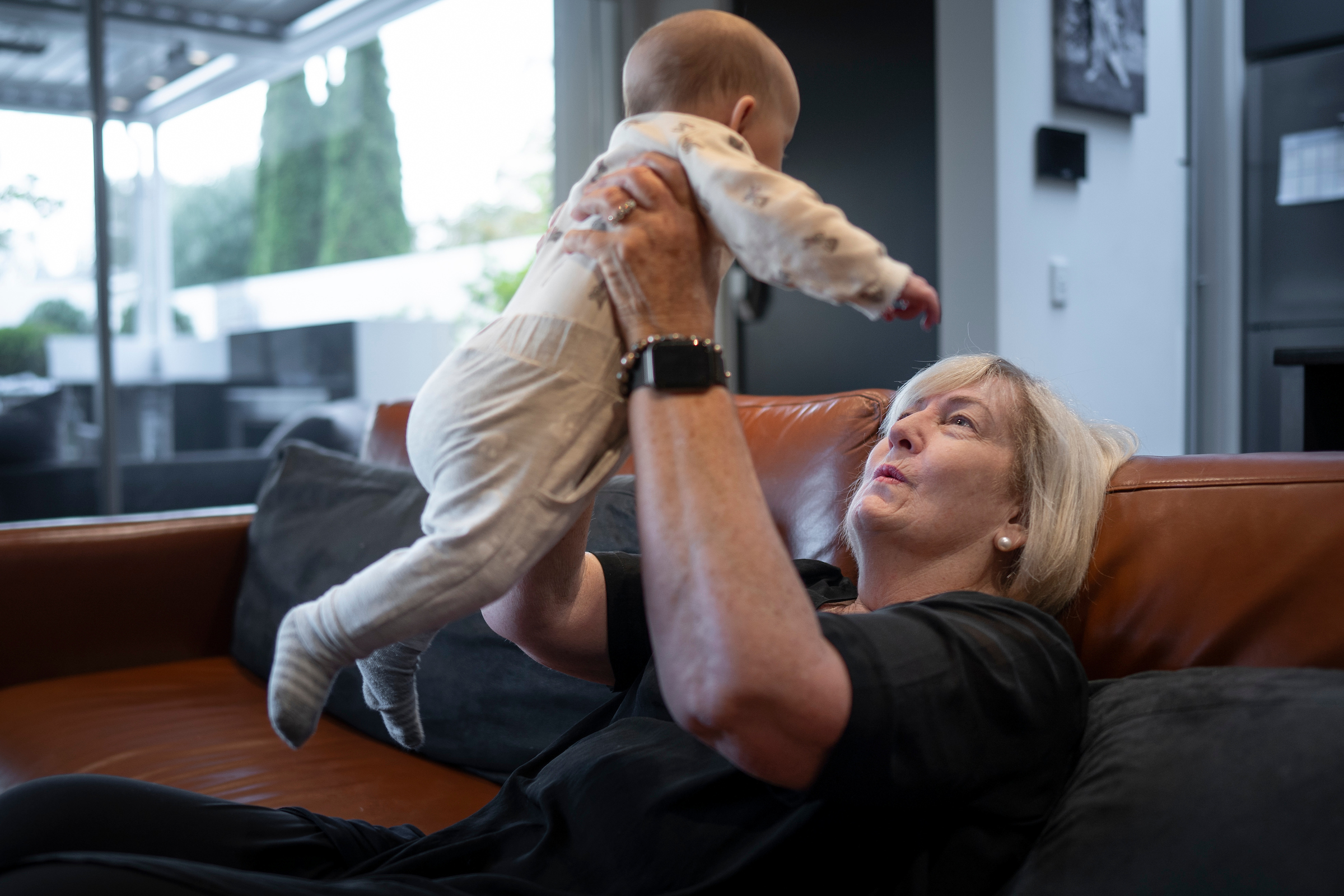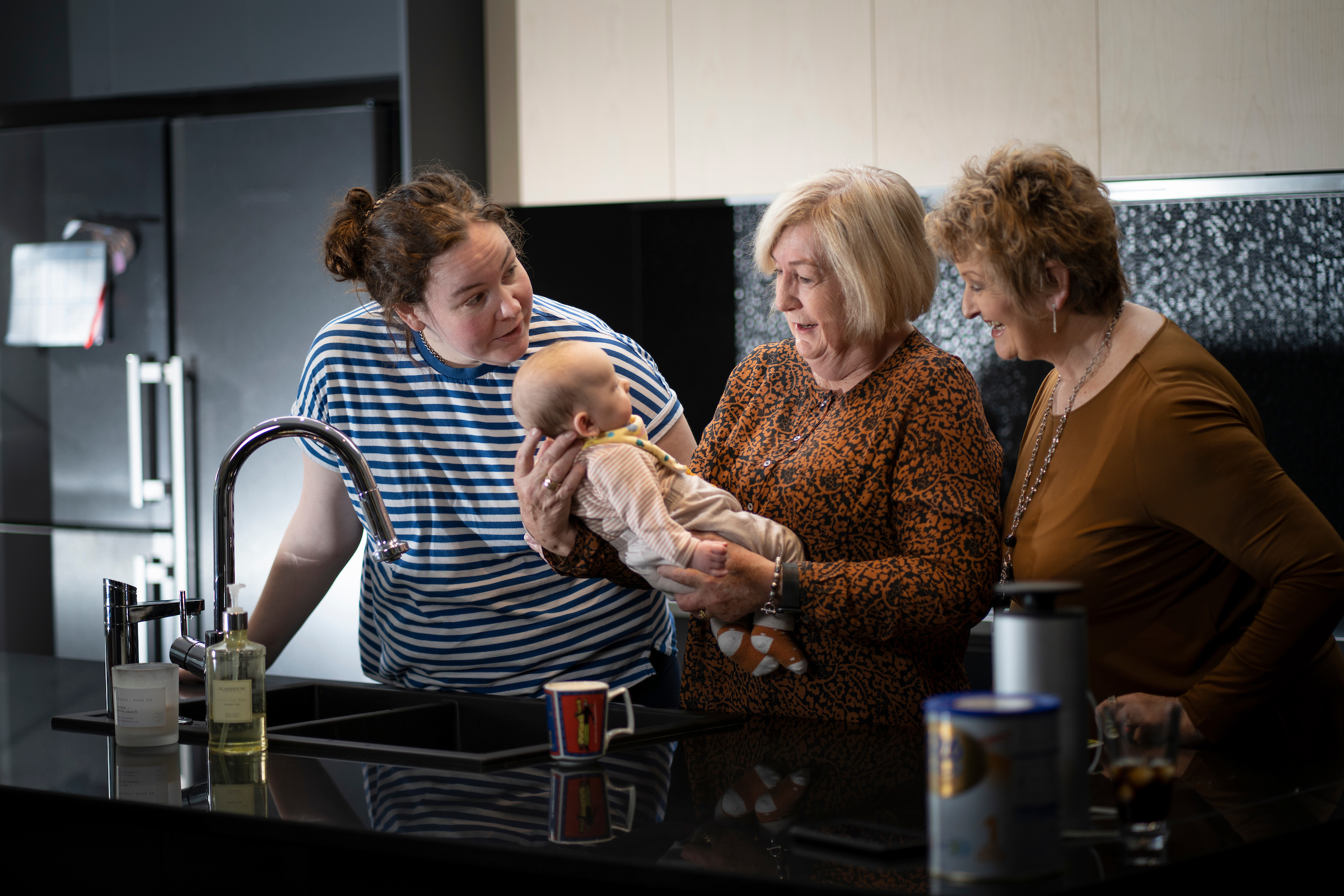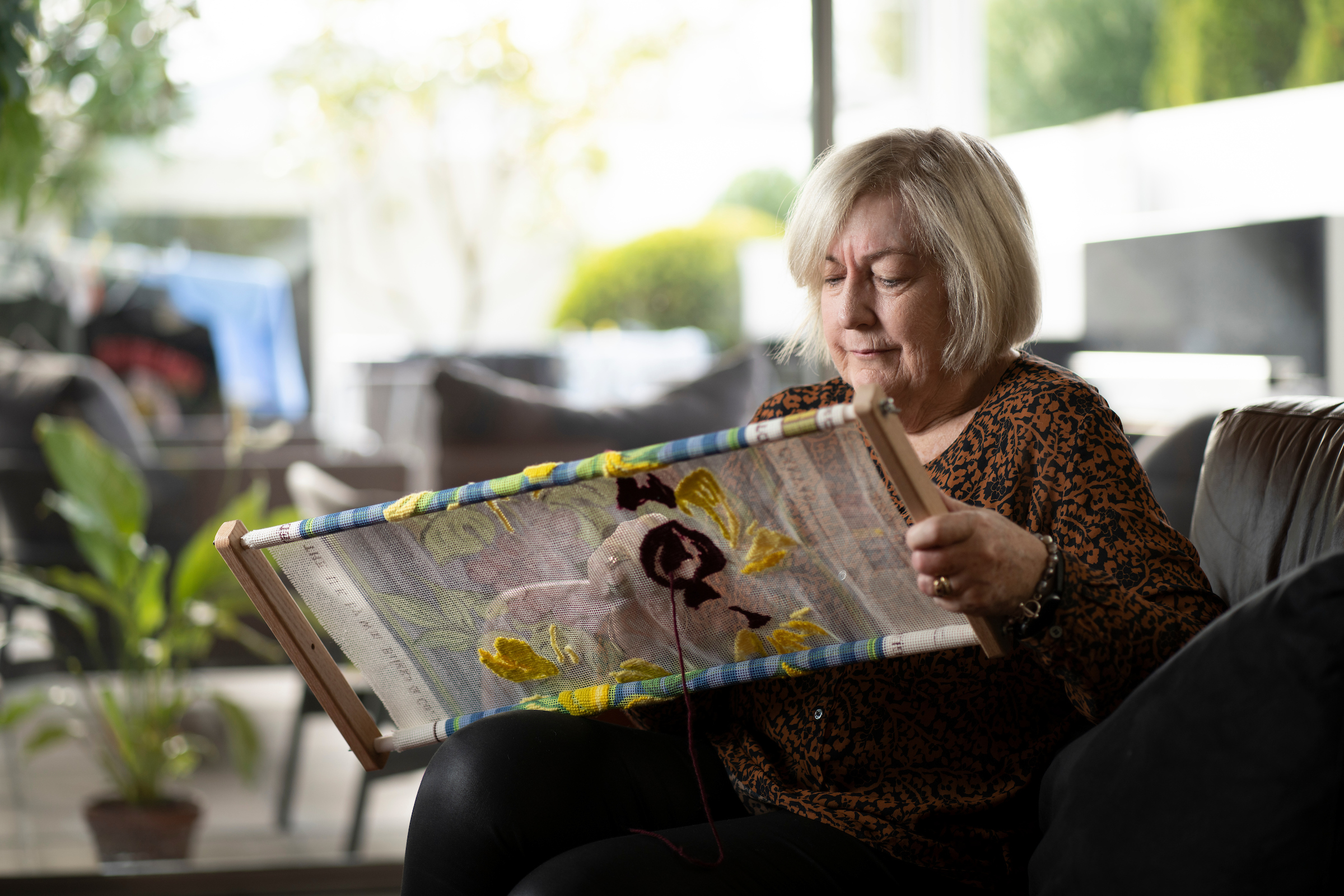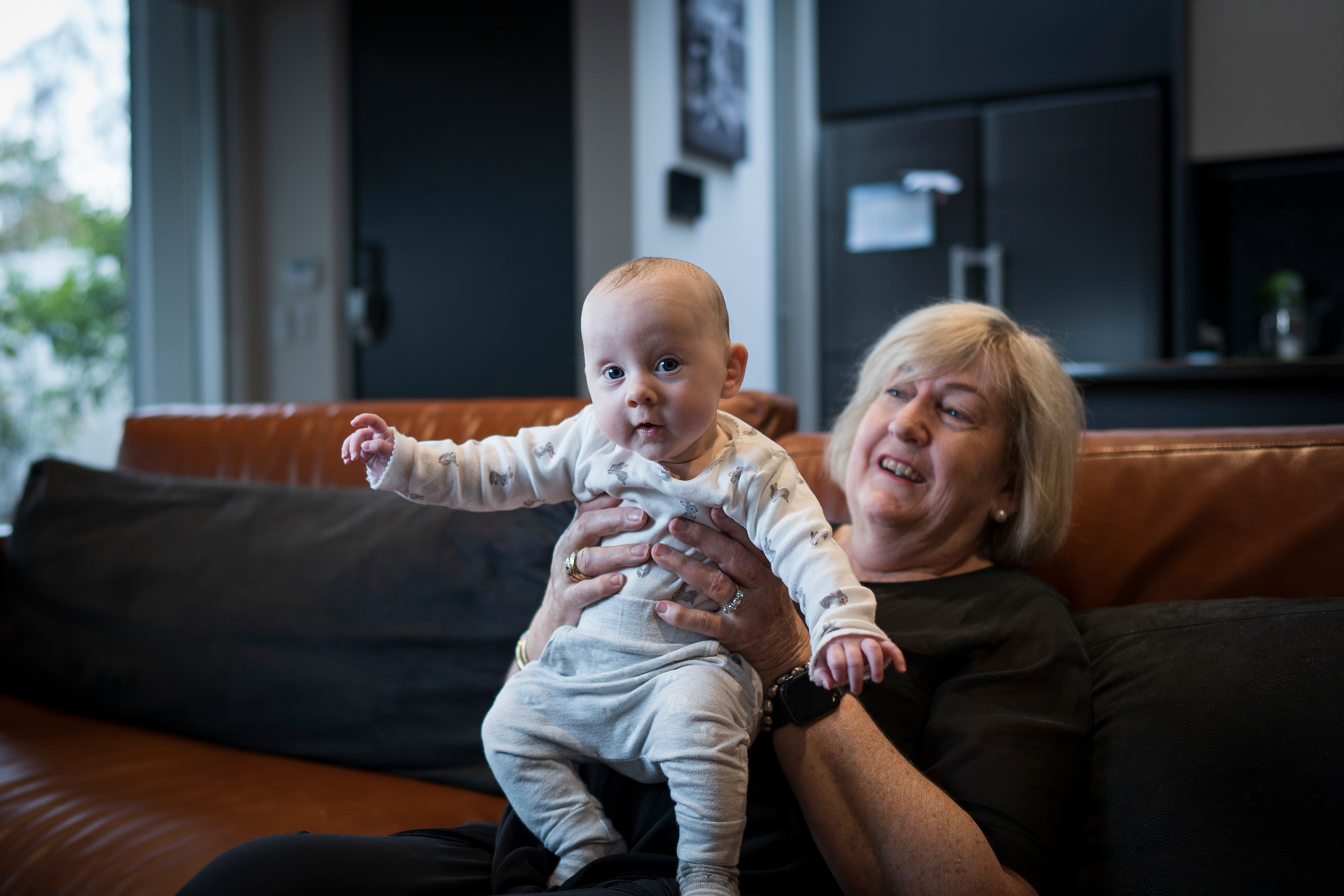
Case study: Refractive cataract surgery
All the important sights in life after cataract surgery
When everyday activities like going to the gym became a challenge for Jenny George she knew it was time to do something about her eyesight. After a check-up with her optometrist she discovered it was cataracts. This is a relatively common issue, with cataracts affecting approximately 370,000 New Zealanders. Jenny’s situation was not so common however. Refractive cataract surgery proved to be the best solution…
Lorem ipsum dolor sit amet, consectetur adipiscing elit, sed do eiusmod tempor incididunt ut labore et dolore magna aliqua. Ut enim ad minim veniam, quis nostrud exercitation ullamco laboris nisi ut aliquip ex ea commodo consequat. Duis aute irure dolor in reprehenderit in voluptate velit esse cillum dolore eu fugiat nulla pariatur.
Excepteur sint occaecat cupidatat non proident, sunt in culpa qui offifficia deserunt mollit anim id est laborum.
Sed ut perspiciatis unde omnis iste natus error sit voluptatem accusantium doloremque laudantium, totam rem aperiam, eaque ipsa quae ab illo inventore veritatis et quasi architecto beatae vitae dicta sunt explicabo.
Nemo enim ipsam voluptatem quia voluptas sit aspernatur aut odit aut fugit, sed quia consequuntur magni dolores eos qui ratione voluptatem sequiv nesciunt. Neque porro quisquam est, qui dolorem ipsum quia dolor sit amet, consectetur, adipisci velit, sed quia non numquam eius modi tempora incidunt vut labore et dolore magnam aliquam quaerat voluptatem.
Ut enim ad minima veniam, quis nostrum exercitationem ullam corporis suscipit laboriosam, nisi ut aliquid ex ea commodi consequatur? Quis autem vel eum iure reprehenderit qui in ea voluptate velit esse quam nihil molestiae consequatur, vel illum qui dolorem eum fugiat quo voluptas nulla pariatur.
In most cases, cataract surgery patients still need to continue wearing corrective glasses to compensate for issues such as astigmatism, nearsightedness or farsightedness.
Refractive cataract surgery moves beyond simply removing the cataract that is blurring vision. Instead the process actually enhances vision and reduces or eliminates the need to wear glasses.
This is achieved by minimizing focus errors (e.g. short-sightedness (myopia), long-sightedness (hyperopia) and astigmatism) in the eye during surgery. These focus errors can be corrected by surgical techniques and choosing the most appropriate intraocular lens (IOL) for each patient.
Refractive surgery also provides enhanced vision across different distances.
“Standard cataract surgery can often achieve either clear vision in the distance or up close – but not both,” says Dr Robinson. “Using premium IOLs, or different power IOLs in each eye, we can help patients achieve better vision at all distances, and all without the need for glasses.”

Family time offers a chance for new perspectives.
“In Jenny’s case I recommended a premium IOL technology, called Extended Depth of Field (EDOF). This was most likely to give her the greatest independence from glasses after surgery,” he says.
“The minute I arrived I was kept informed. So I knew what to expect pre-surgery and post-surgery.”
Leading up to the big day Jenny was feeling confident about her decision to undergo the surgery. While she expected a few nerves she wasn’t prepared for how easy and clear the entire process was.
“The whole team was incredibly professional,” says Jenny. “Right from the minute you arrive you knew what was going to happen and why it was happening. The entire staff give you confidence.”
“The minute I arrived I was kept informed. So I knew what to expect pre-surgery and post-surgery. I also knew what to expect in the theatre and how each part of the process would go. It was a smooth running machine.”

The finer details are now in focus.
Dr Robinson used the Symfony IOL and, as he explains, the approach exceeded expectations for this particular case.
“Jenny was able to stop wearing glasses two days after surgery – and she hasn’t worn them since,” he says. “From a technical perspective, Jenny has better than 20/20 vision in both eyes in the distance. She can read newspaper print without glasses. It doesn’t get much better than that as far as a post-cataract surgery outcome.”
For Jenny there are many improvements to life like reading the small print and being able to enjoy watching sport. Recently she stayed up late with her iPad to watch New Zealand succeed in the cricket World Test Championship.
“It would have been a real challenge in the past,” she says. “But things like that are simply not a problem now. It’s really been a life-changing experience.”
Jenny continues to go from strength to strength post-surgery, making the most of her improved vision. Social activities are no longer stressful and, after beginning to feel like she was becoming a safety hazard prior to surgery, she is grateful to be back at the gym,
“You can’t be 100% sure you’re doing a specific exercise correctly when you can’t see properly,” she says. “It (the surgery) has made it a lot easier to focus on the important things.”
She has also noticed the change when hitting the slopes.
…the only thing she would choose to do differently would be to get the surgery done sooner.
“I no longer have to wear glasses under my goggles when I’m skiing. And I don’t feel worried about depth perception when I’m out on the snow. The difference is just incredible.”
For Dr Robinson refractive cataract surgery and premium EDOF IOLs aren’t necessarily the first choice for all cataract patients and he stresses the need for an expert evaluation for anyone considering the procedure.
“The key is to match the available surgical techniques and IOL technologies with the patient’s requirements,” says Dr Robinson. “Jenny’s desire to reduce the need for glasses and continue enjoying her active and social way of life was a compelling reason to go for this option.”
“As long as you have all the information then you know what to expect.”
For the star patient, the only thing she would choose to do differently would be to get the surgery done sooner.
“I’m in my late 60s and I’ve adapted well and it wasn’t a hassle at all. I’d say to those considering their vision problems to do something about it sooner rather than later.”

Jenny spends quality time with Quin, her granddaughter.